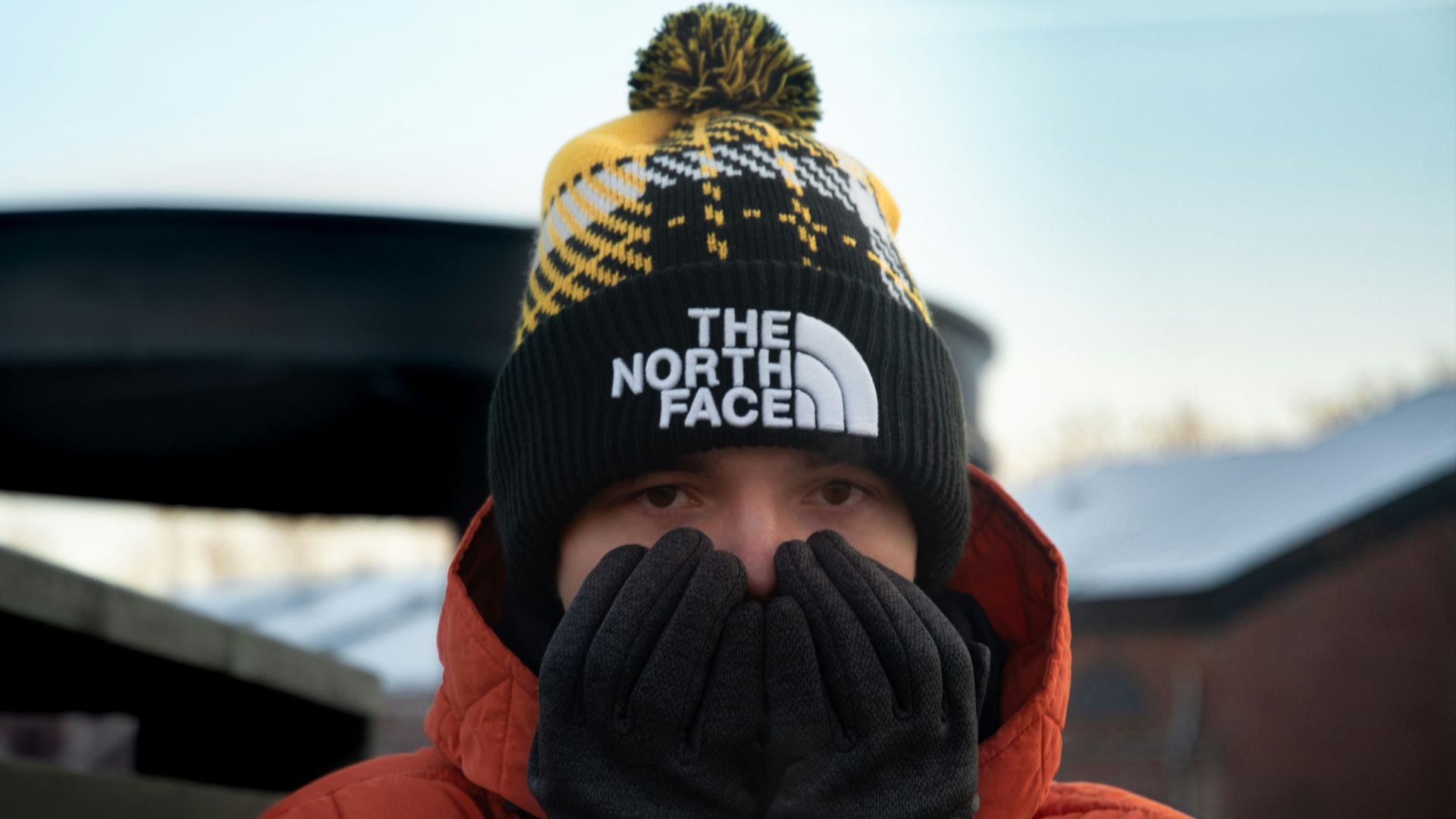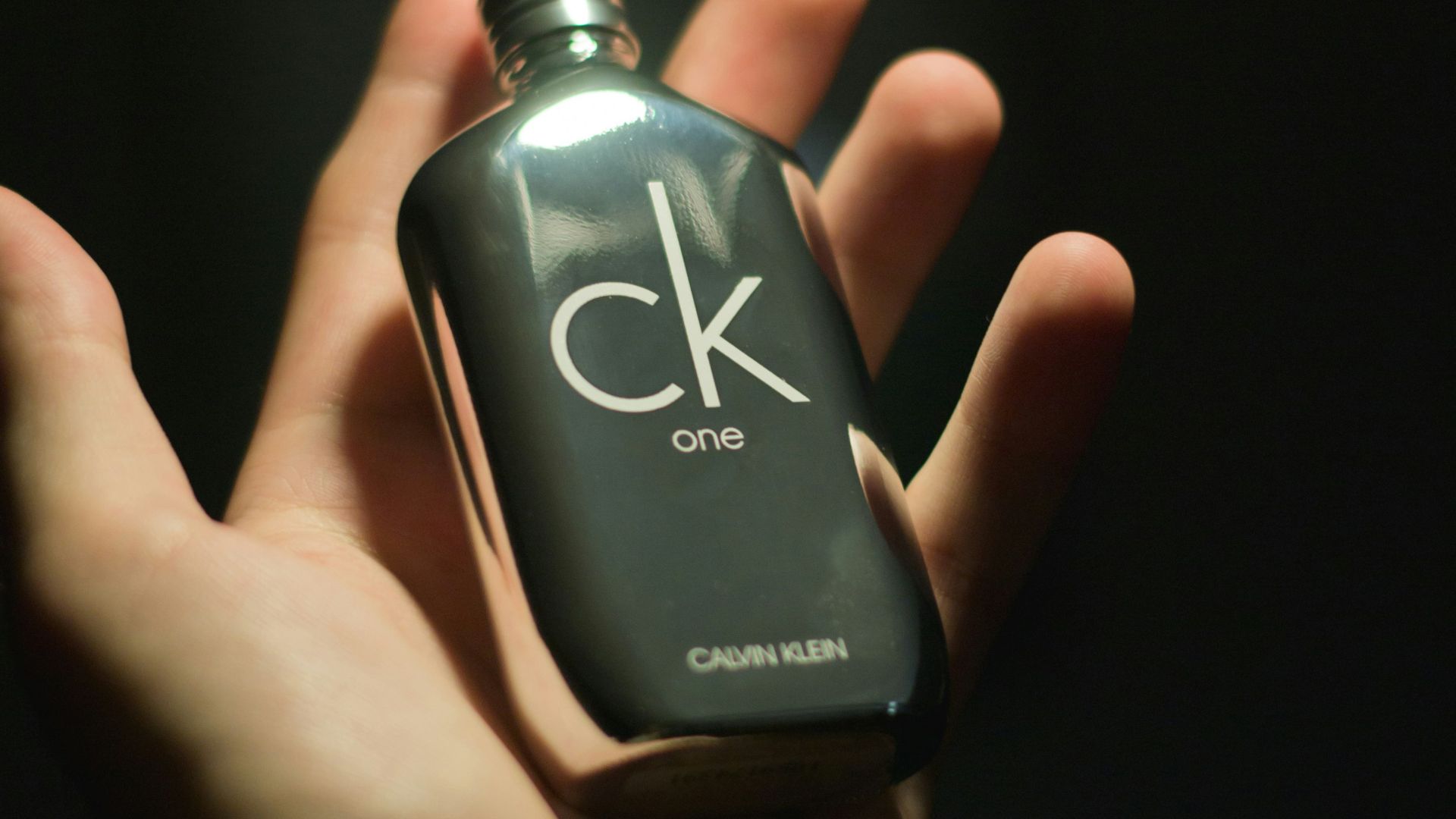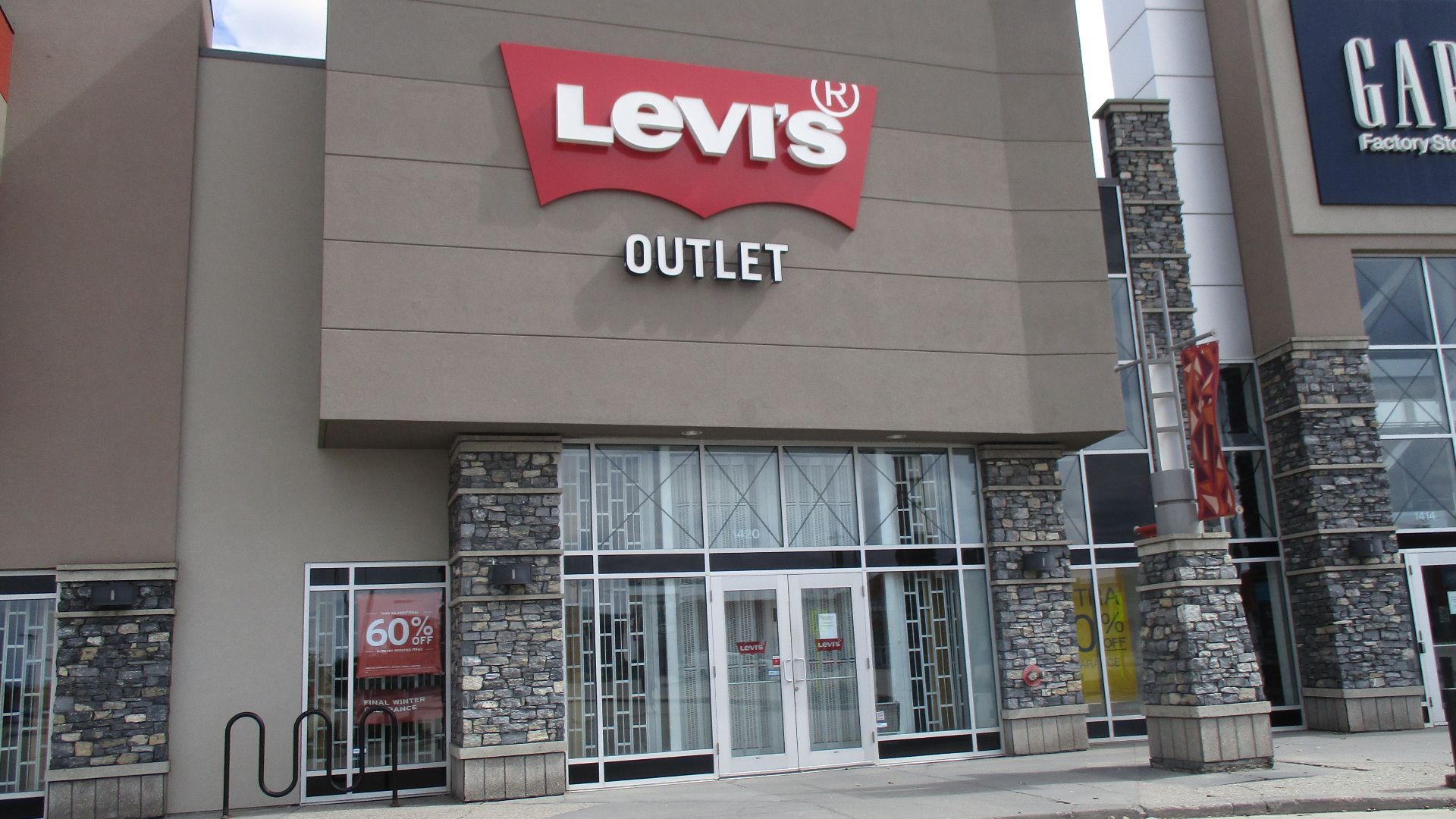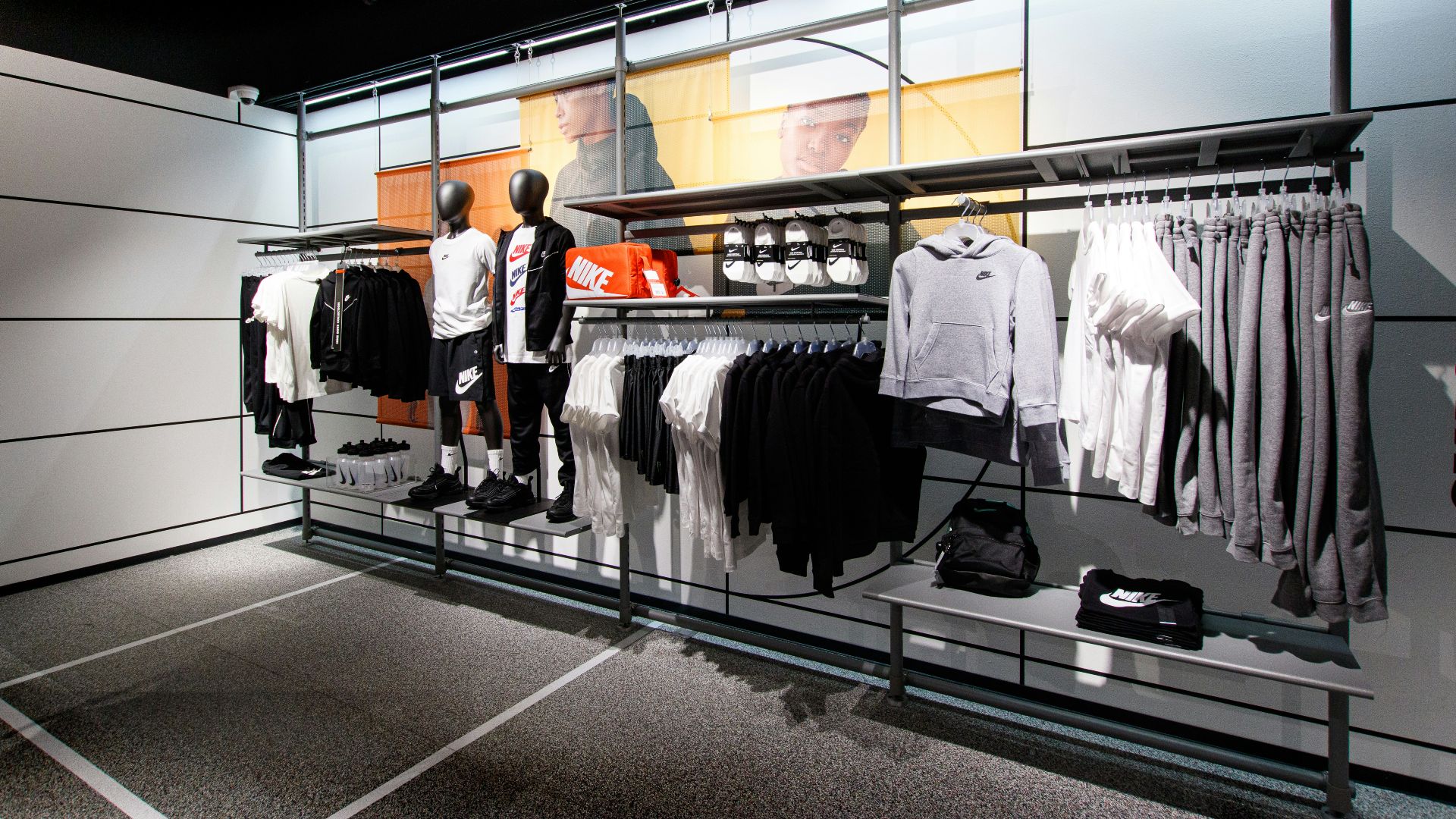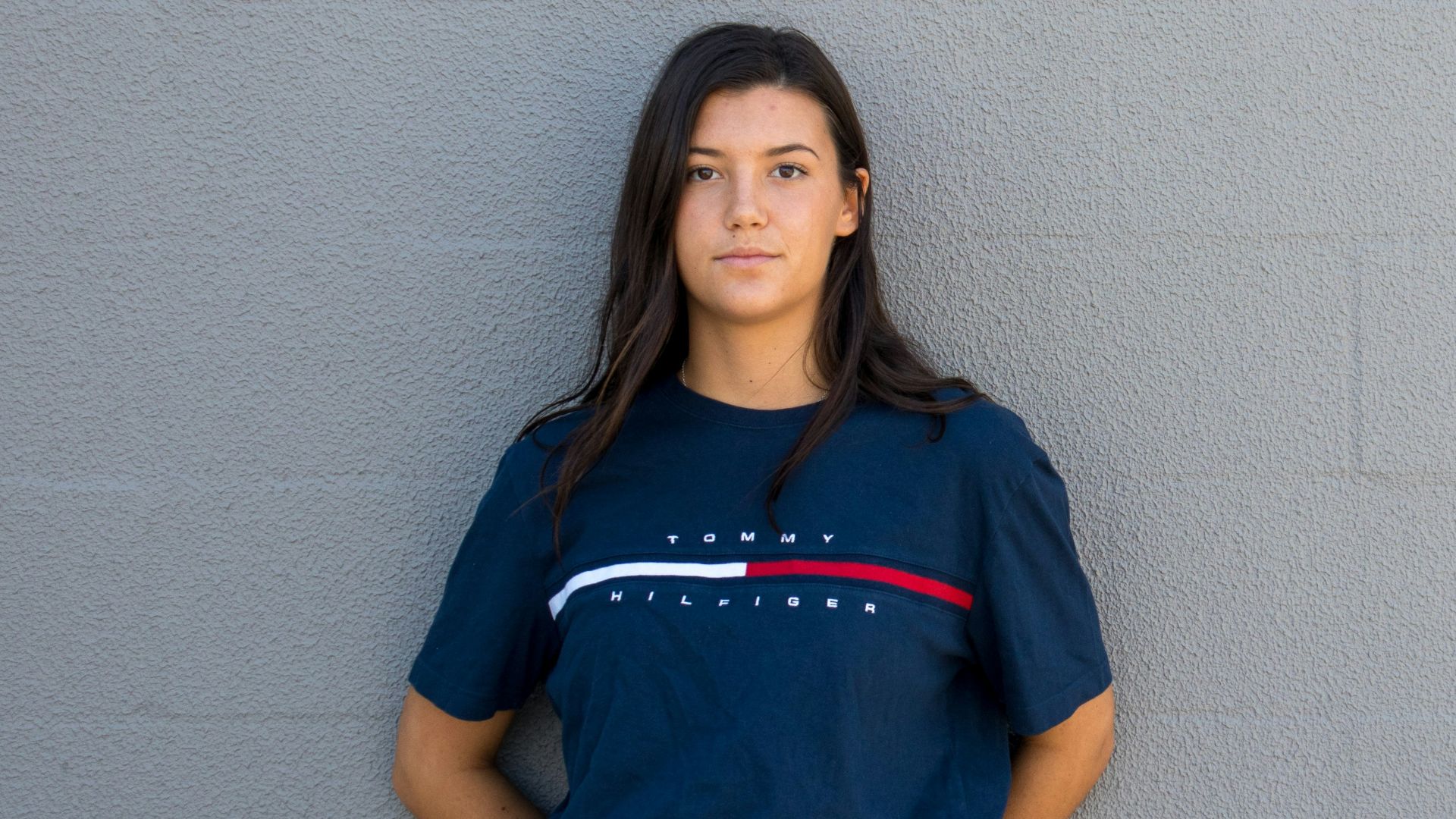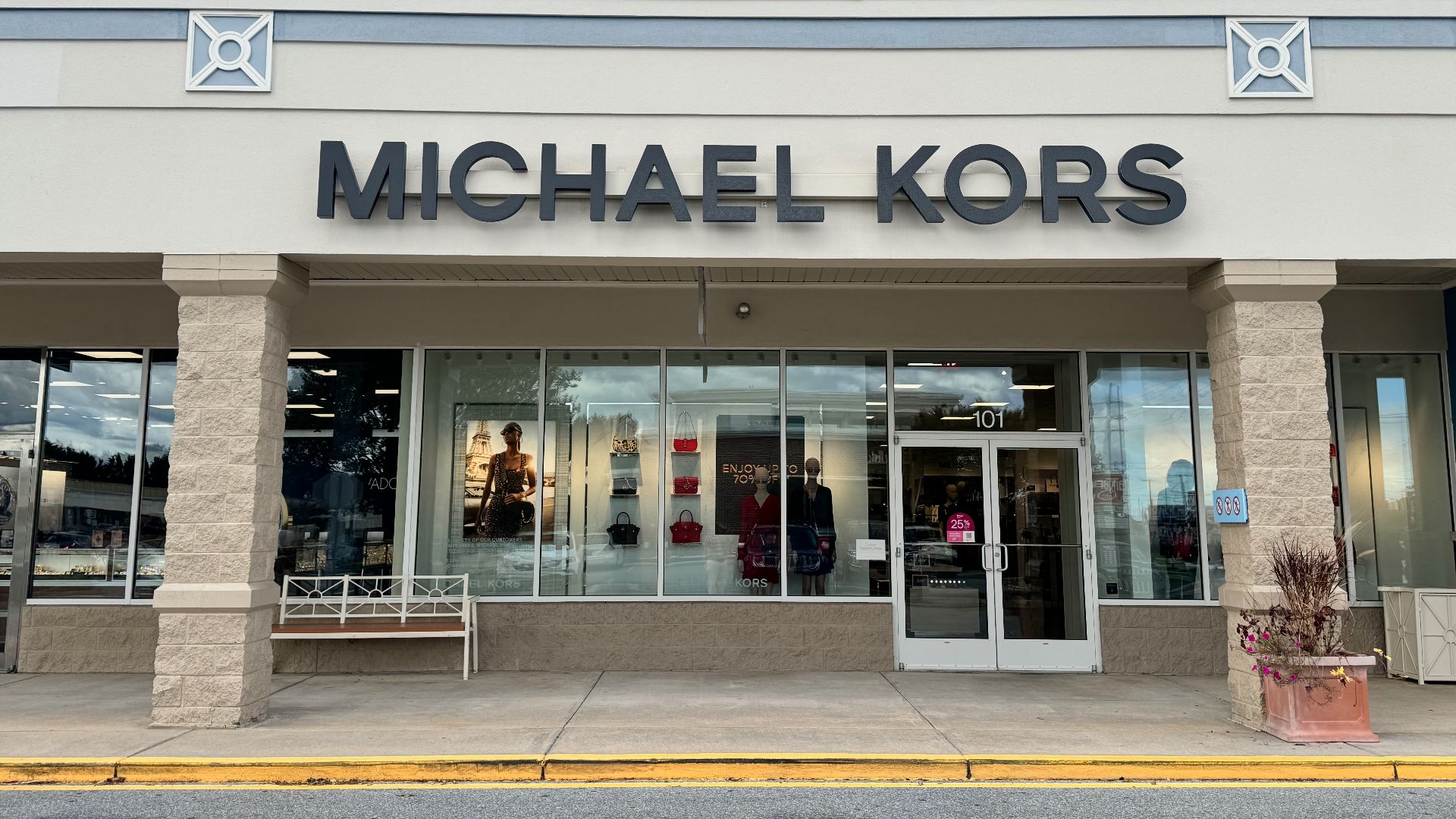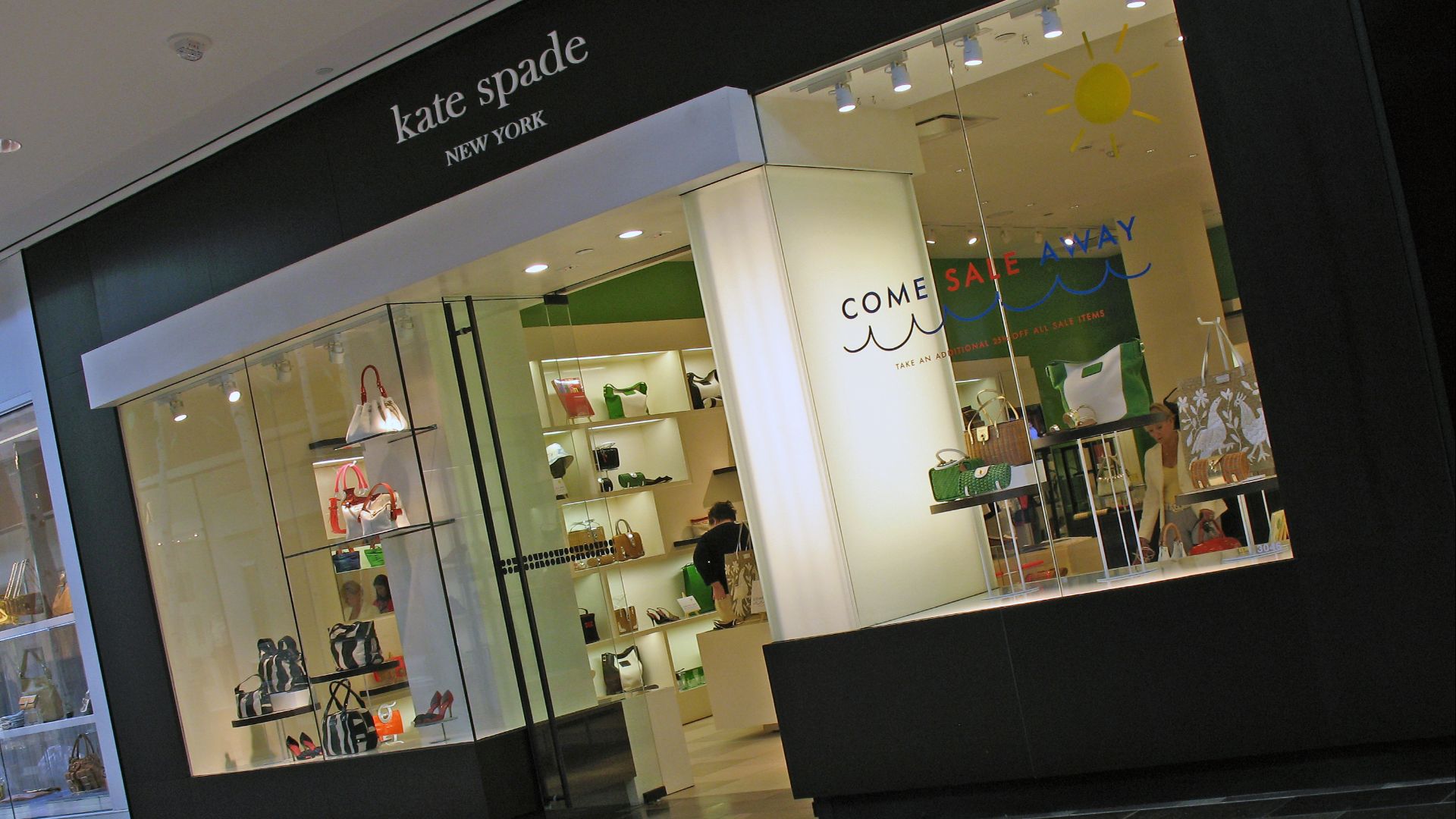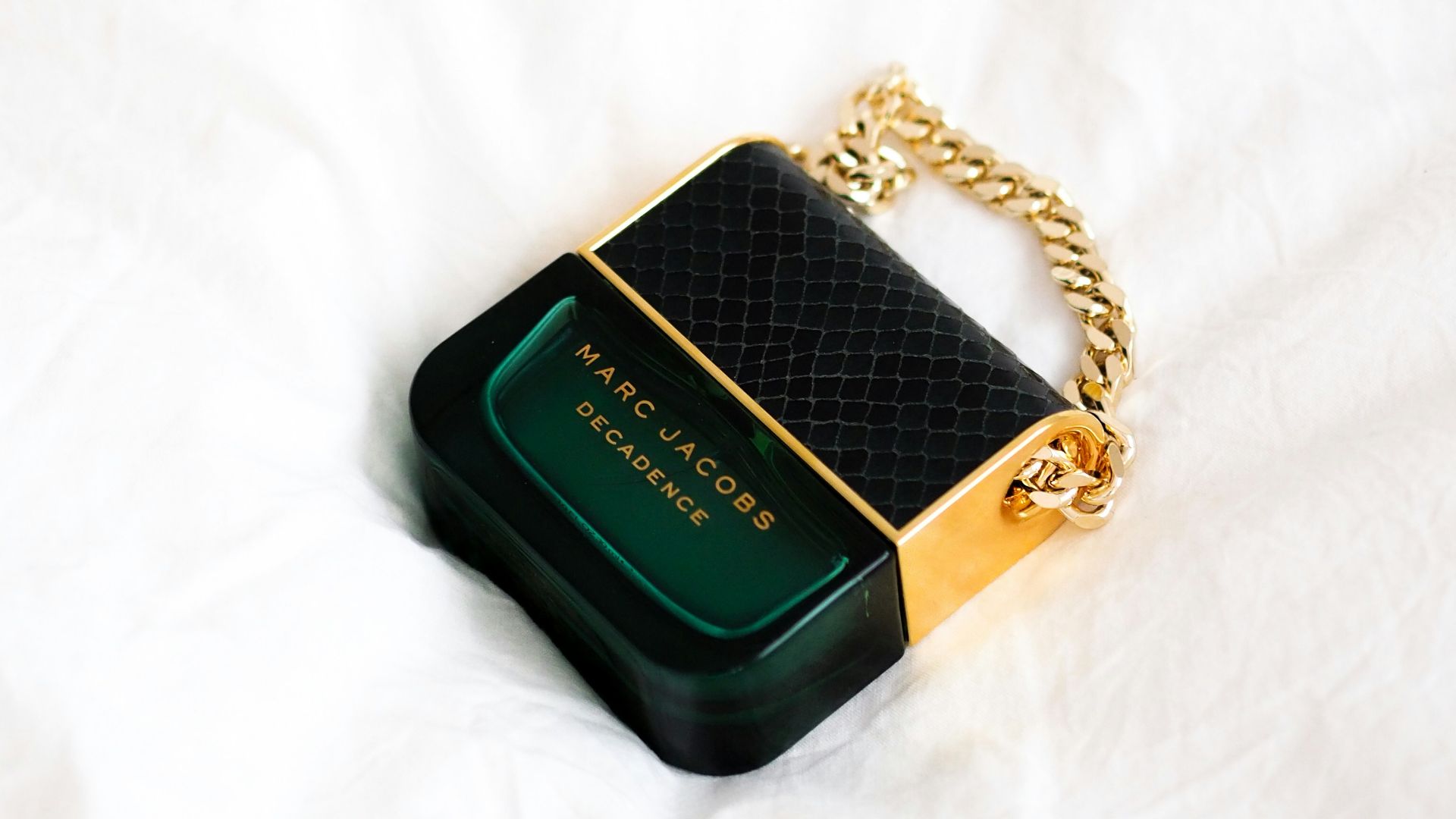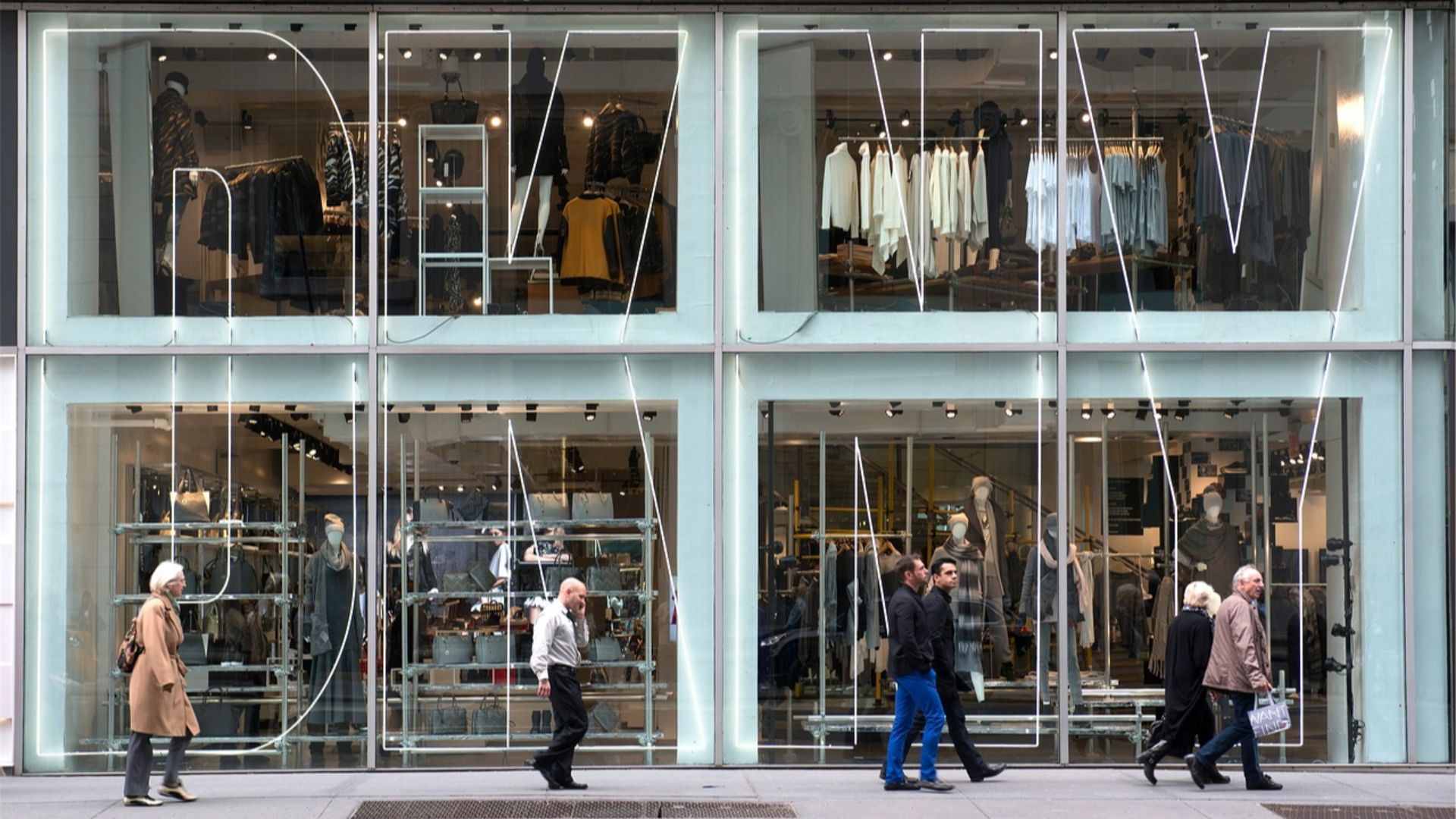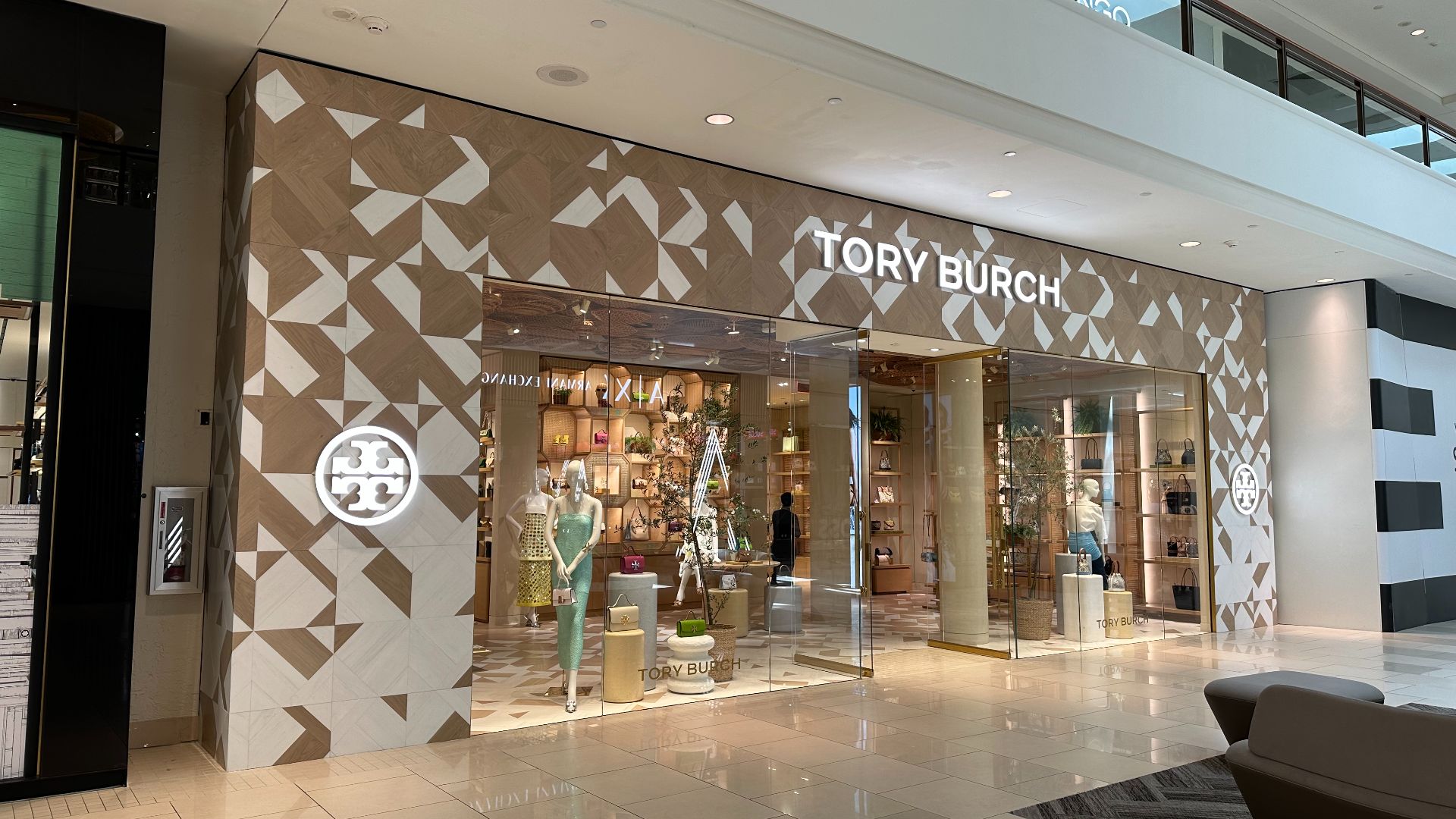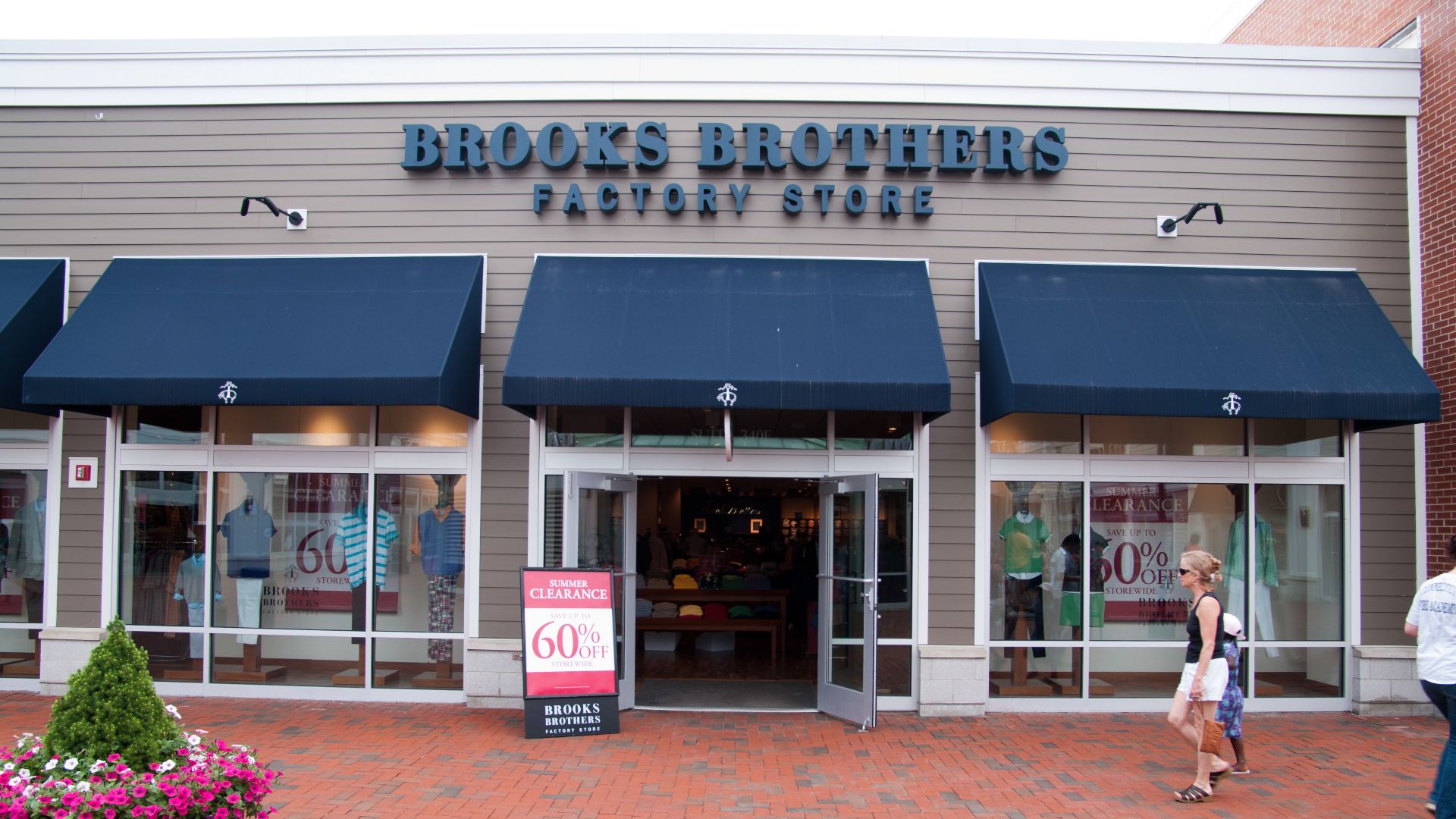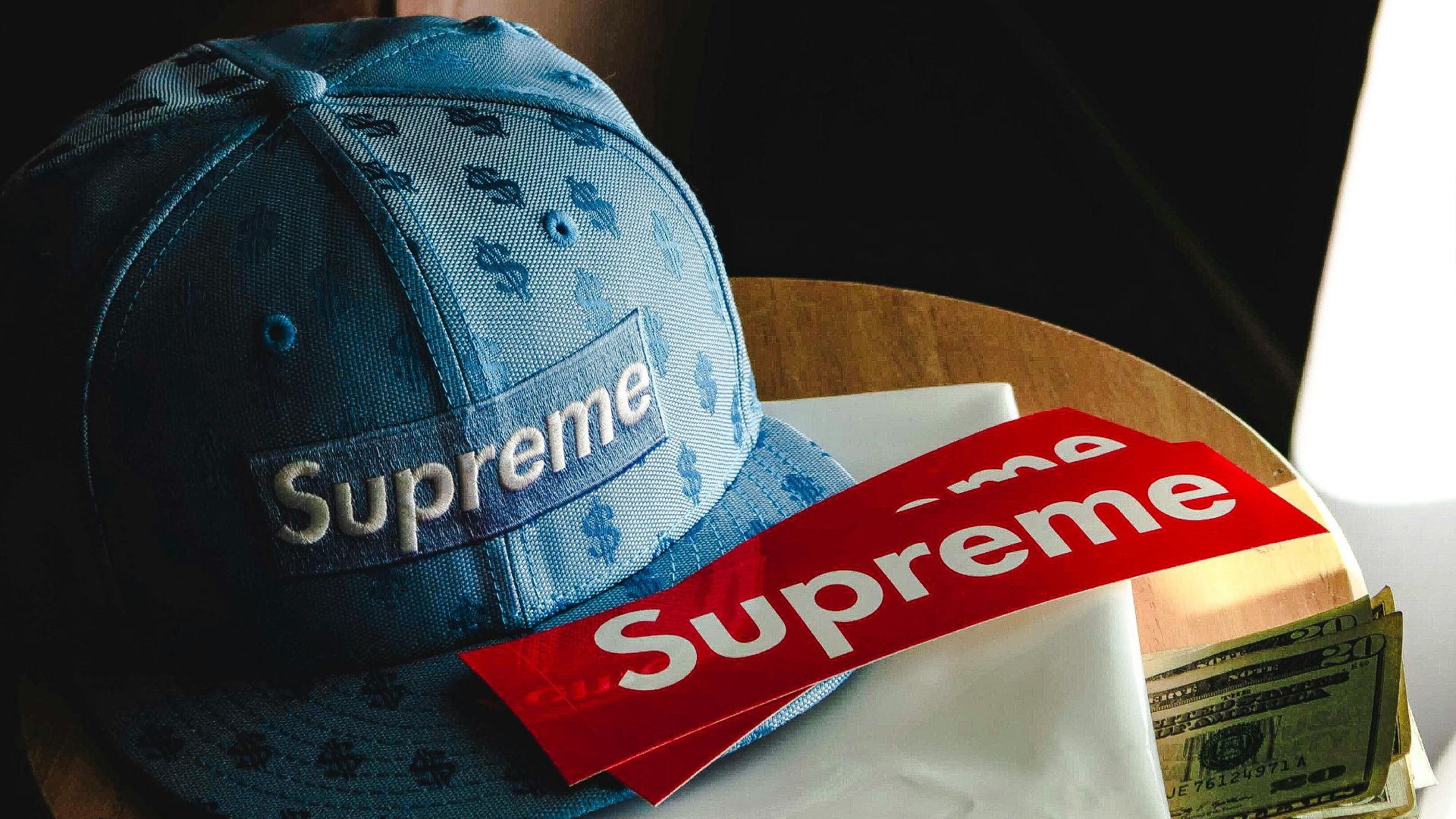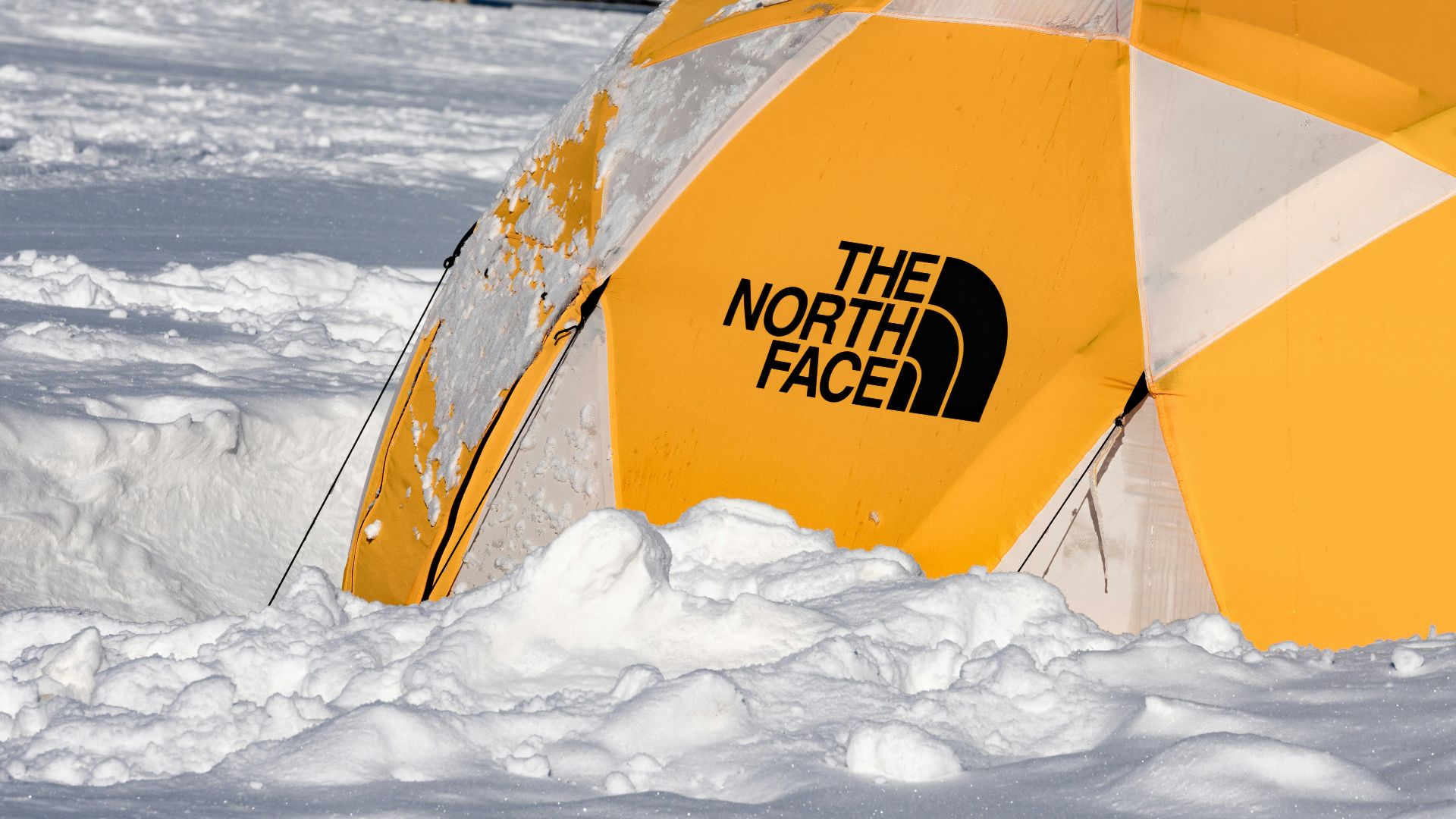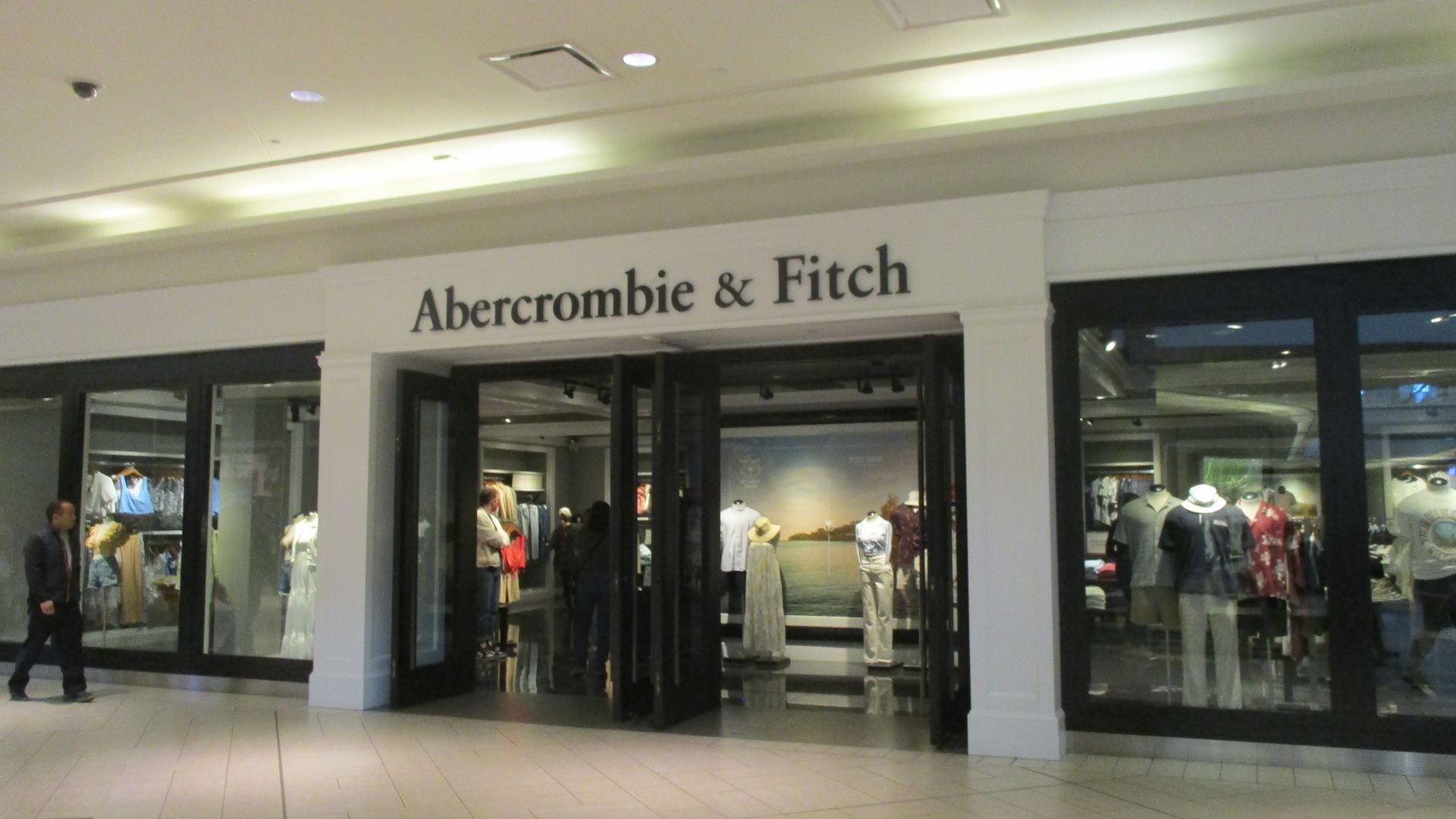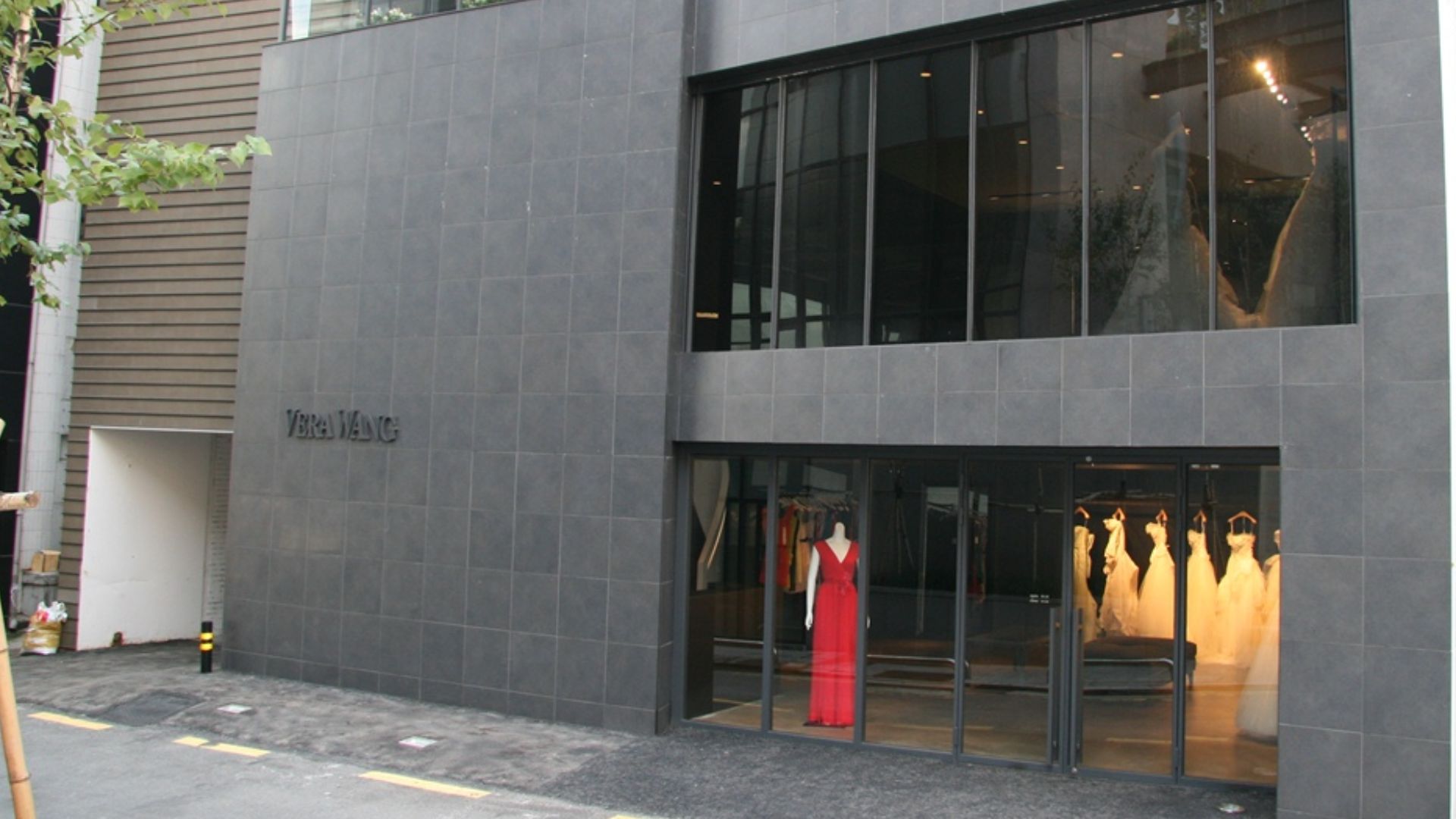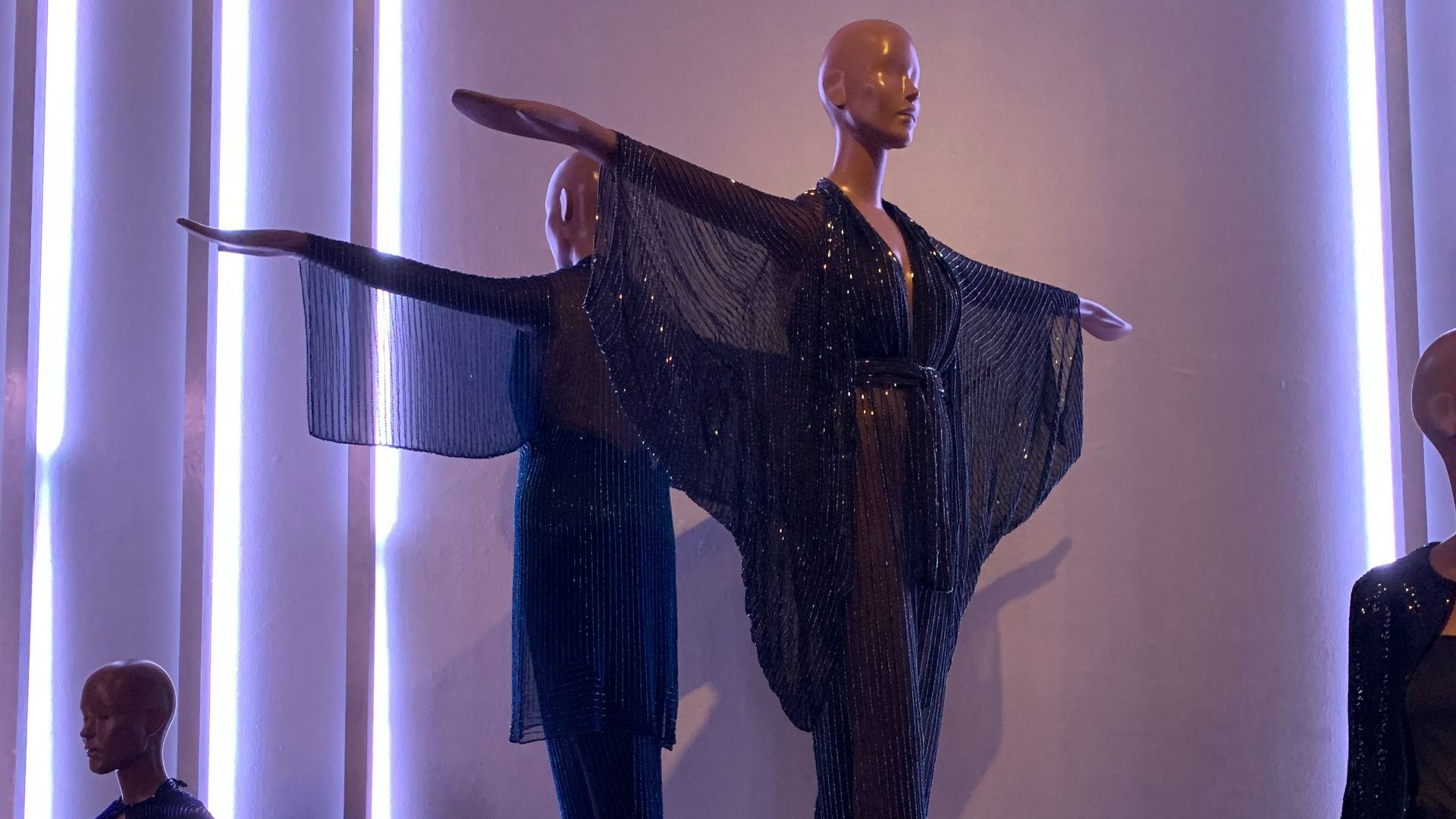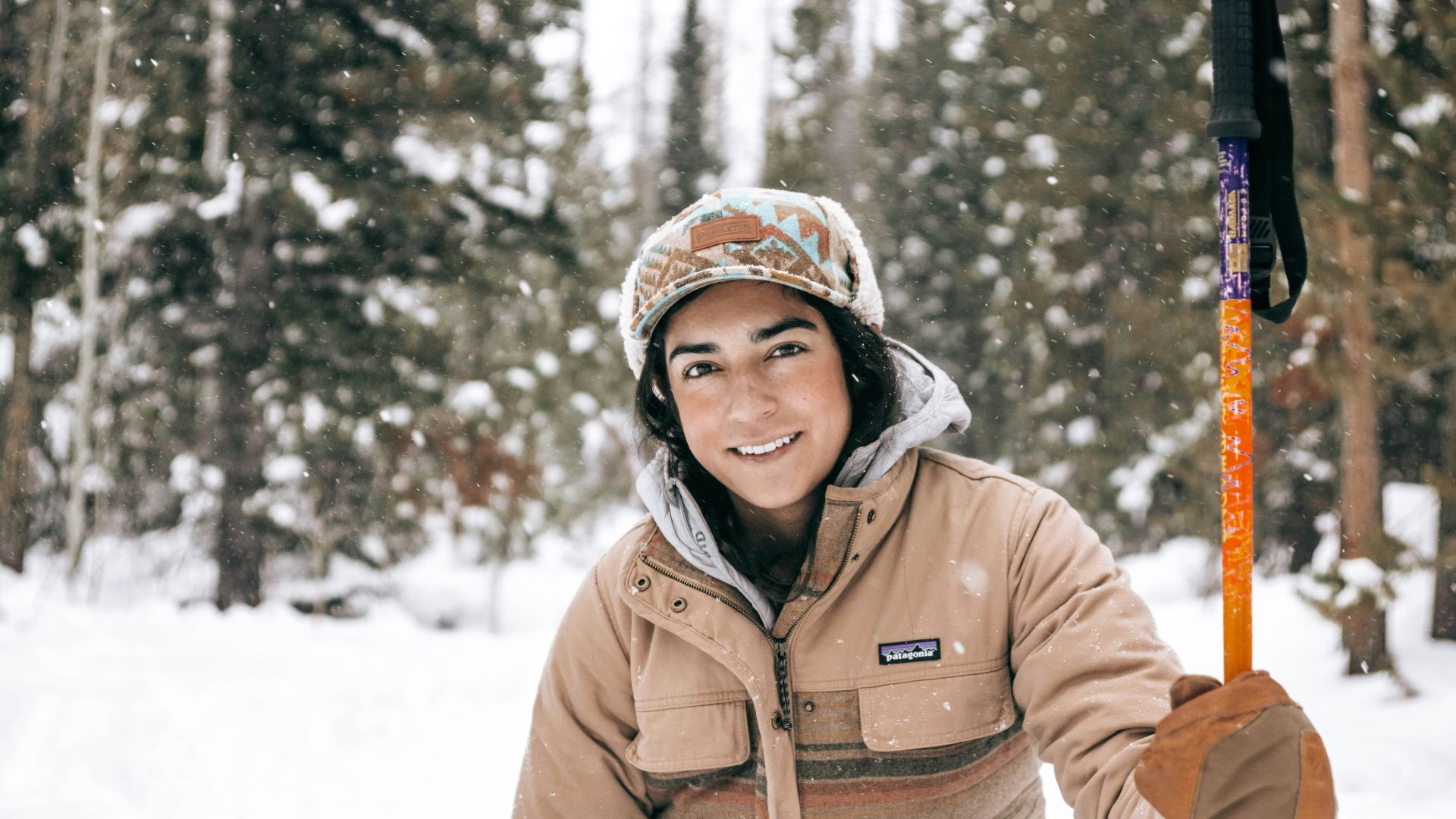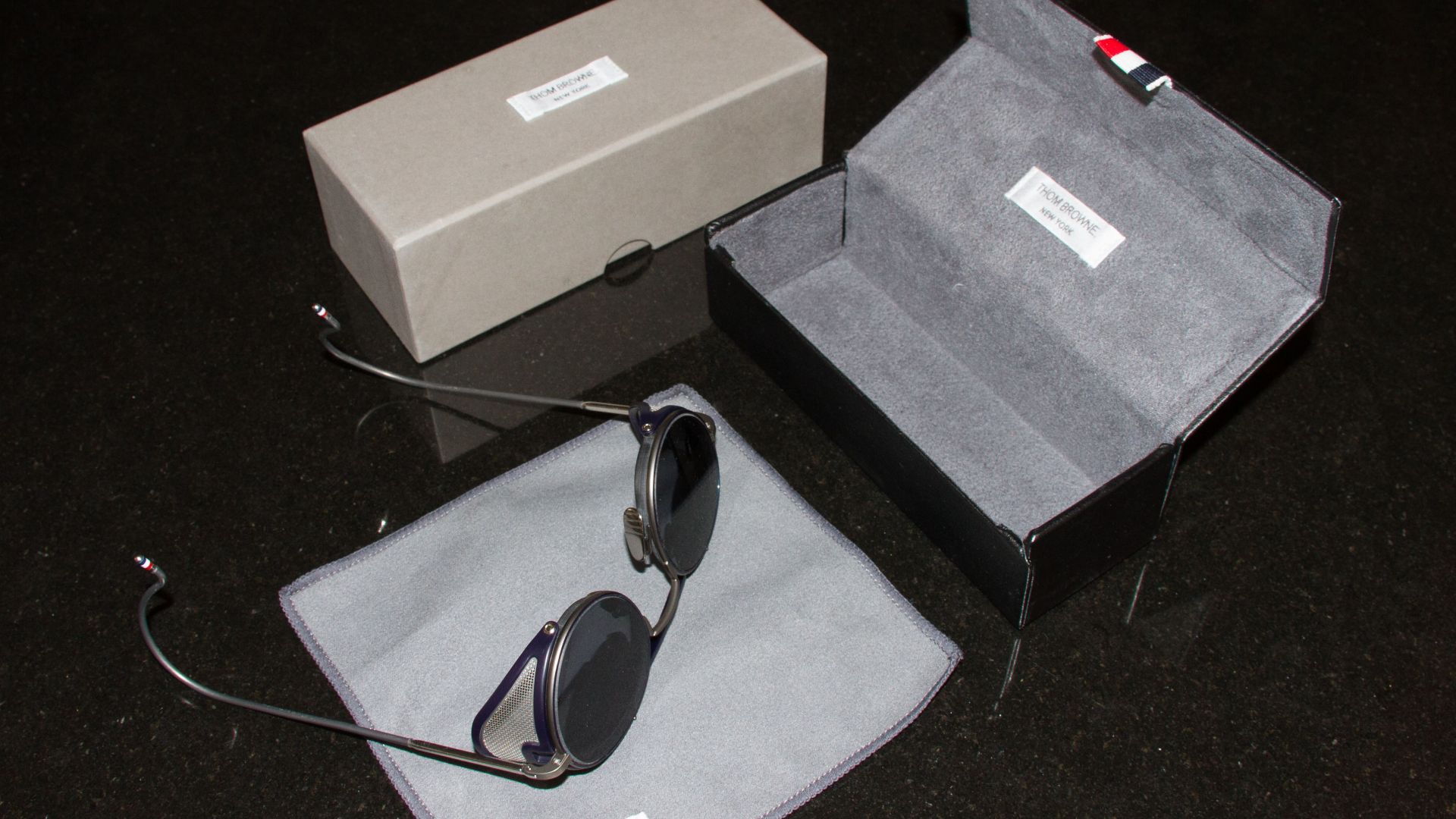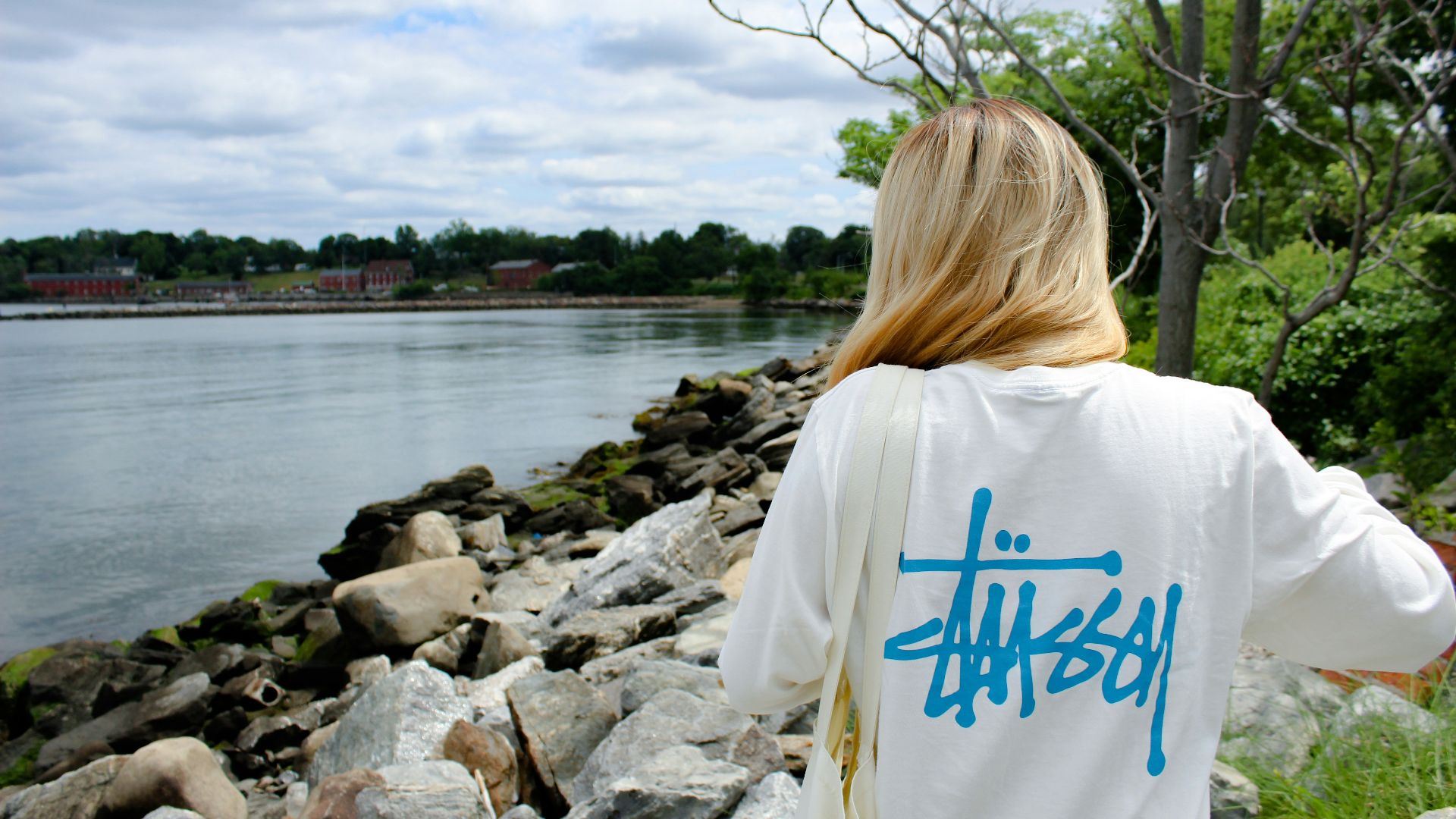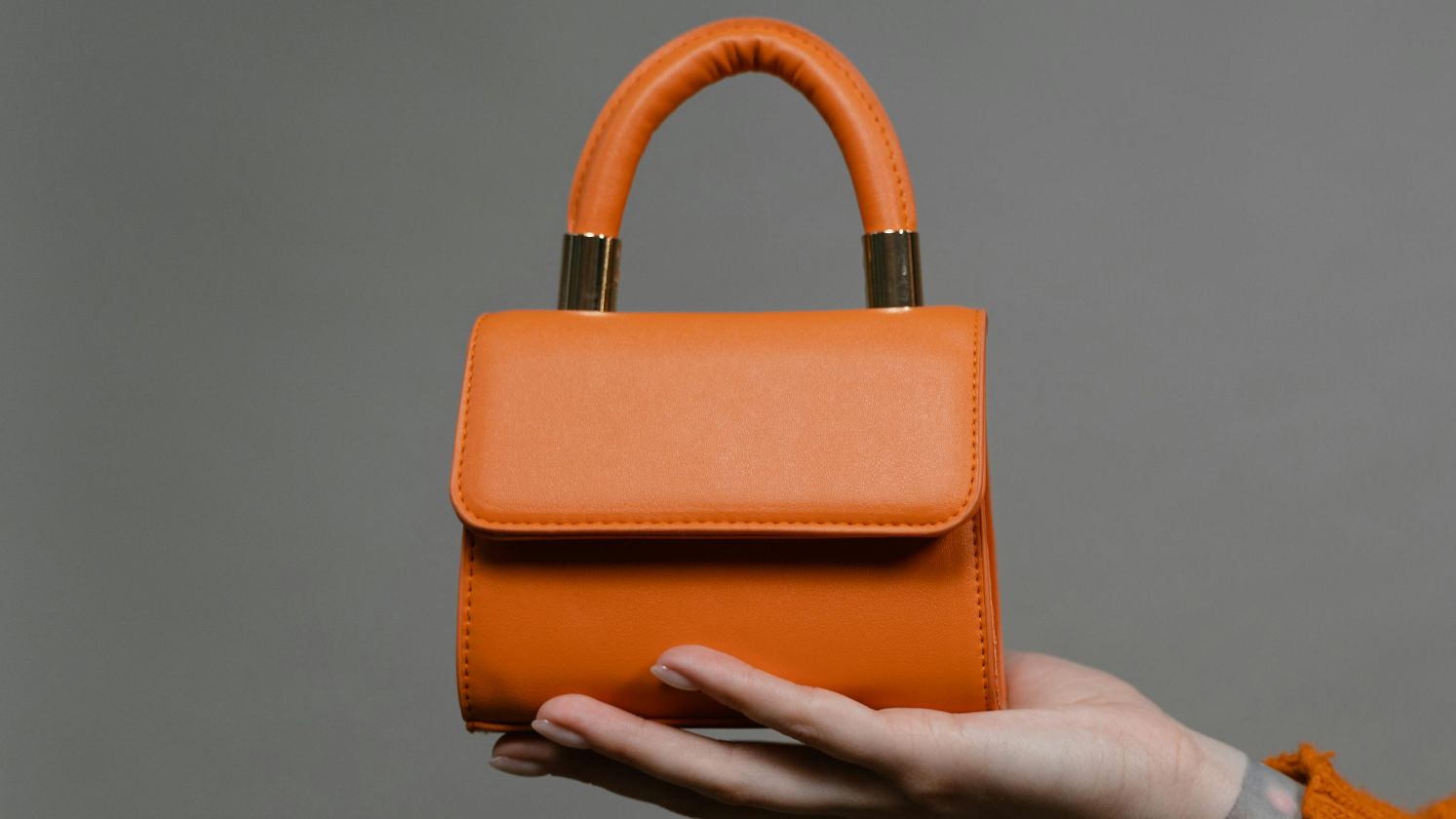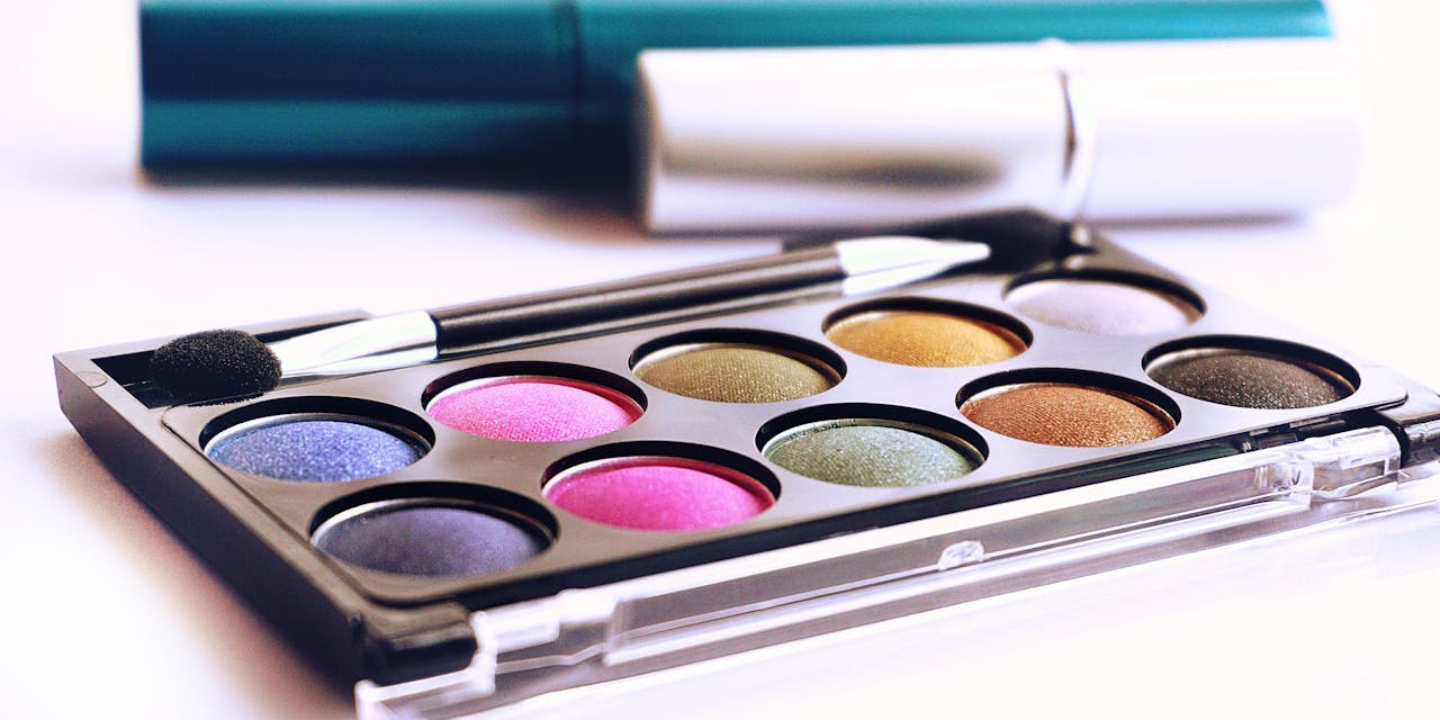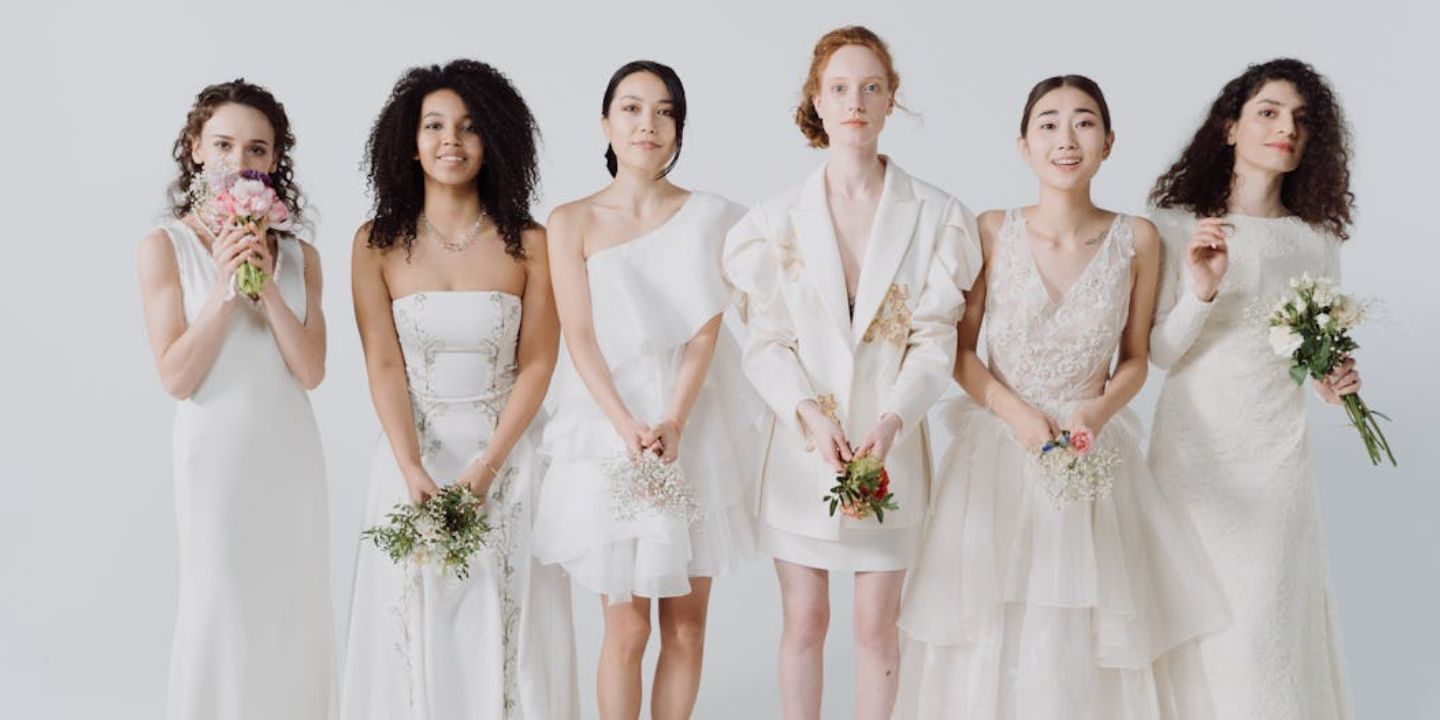American Brands That Made History
American fashion isn’t about following the rules. It’s about rewriting them. Some brands changed how people dress; while others completely shifted how we all think about style. This list highlights the brand names that shaped wardrobes and cultural moments, each one with its own unique idea of what fashion means. Let's dive into America's most iconic fashion brands.
1. Ralph Lauren
The brand began with ties! In 1967, Ralph Lauren turned neckwear into a multimillion-dollar fashion empire. Known for its country clubs, equestrian chic, and all-American prep, the label became a symbol of aspirational living—and a mainstay in closets across generations.
2. Calvin Klein
Remember those steamy ‘90s billboards? Yeah, Calvin Klein knew exactly what it was doing. The brand made basics sexy and minimalism magnetic. From tighty-whities to sleek fragrances, it sold more than clothes; it sold attitude.
3. Levi’s
Invented in 1873 using riveted denim, the first Levi’s jeans weren’t designed for fashion—they were built for miners. Over the decades, their utility evolved into a style staple. Levi’s became the global blueprint for jeans, adapting their fits and washes to suit shifting consumer tastes and subcultures.
4. Nike
Who knew a $35 swoosh would become more recognizable than most world leaders? Nike started in Oregon as a sneaker brand and ended up dominating sports, fashion, and pop culture. Oh, and it casually launched a billion-dollar sneakerhead industry on the side.
5. Tommy Hilfiger
Launched in 1985, Tommy Hilfiger mastered the fusion of classic American style and urban edge. With its signature flag logo, it became a '90s favorite, especially in hip-hop culture. Today, it still balances preppy flair with global streetwear appeal.
6. Michael Kors
Luxury? Check. Accessibility? Check. Michael Kors sits at the crossroads of glam and approachable. Known for polished handbags and timeless silhouettes, it's a brand that slid effortlessly from Fifth Avenue to the outlet mall without losing that glossy, gold-tone identity.
7. Kate Spade
One glance, and you knew it wasn’t meant to blend in. That was the whole point. Kate Spade’s playful handbags brought a fresh, feminine voice to the fashion scene in the '90s. It felt like a brand built for women who were ambitious, fun, and just a little bit rebellious.
8. Marc Jacobs
Marc Jacobs never played it safe. One season, it was grunge. The next is pure drama. He wasn’t afraid to push buttons or start conversations. His work made you feel something, even if you didn’t understand it right away, and that’s what kept him relevant.
9. Coach
You walked past it at the mall and touched the soft leather. You felt successful—for a second. That's the Coach effect. It sells status without arrogance. Since 1941, this brand has evolved from sturdy bags to a full-blown lifestyle without screaming about it.
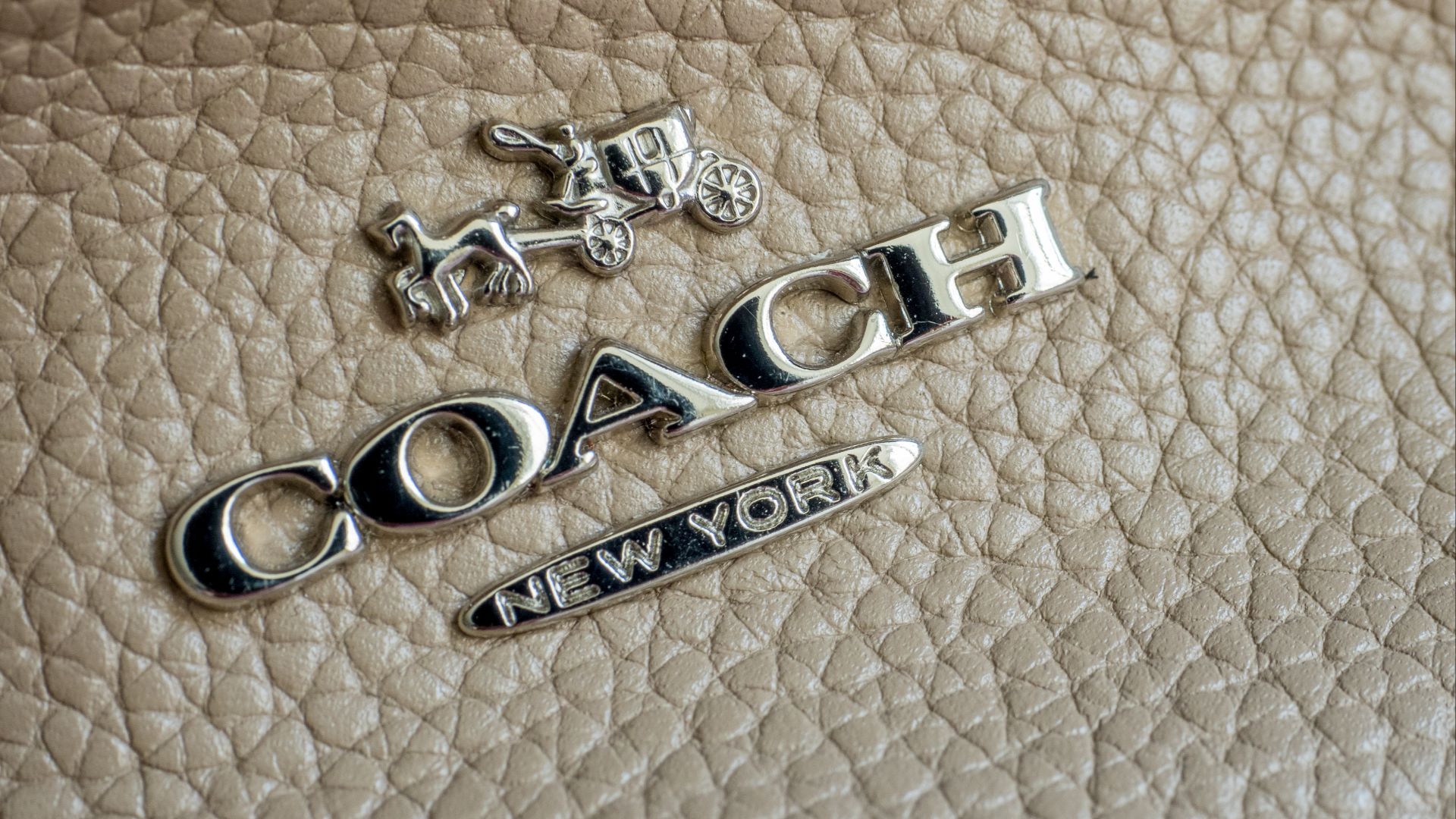 Ajay Suresh from New York, NY, USA on Wikimedia
Ajay Suresh from New York, NY, USA on Wikimedia
10. DKNY
DKNY is New York in fabric form. Fast-paced, slightly chaotic, but totally put together when it matters. Donna Karan built the brand for women who didn't pause. Style had to work just as hard as they did without taking too much time; no compromises, no fluff.
11. Tory Burch
It started with a ballet flat—the Reva, named after Burch’s mom. Then came tunics and an instantly recognizable logo. Tory Burch captured the energy of coastal style and made it something you could actually wear to work without feeling overdressed.
12. Brooks Brothers
For over 200 years, this brand has helped define the traditional American style. Brooks Brothers isn't flashy, but it's woven into American history—literally. The brand has dressed groomsmen and even the president for over two centuries.
13. Supreme
Supreme made people camp out overnight for T-shirts, not because of comfort or quality, but because it meant something. It blurred the line between product and identity. And just like that, a brand for outsiders became the most exclusive thing in streetwear.
14. The North Face
This one started in the mountains and later moved to cities. The North Face turned weatherproof gear into a winter flex. Puffy jackets, oversized logos, and tech-forward design made it both practical and oddly fashionable. It's the brand that made people “accidentally” look cool.
15. Abercrombie & Fitch
Once the king of cologne-sprayed malls and moody lighting, Abercrombie ruled the 2000s. After a well-documented fall, it made a surprising comeback, which was cleaner and actually inclusive. Nostalgia met rebranding, which worked like magic for the brand.
16. Vera Wang
Vera Wang's technical precision and fabric manipulation revolutionized bridalwear. But the label didn't stop there. Collaborations, fragrance lines, and even ready-to-wear collections extended its reach beyond wedding aisles. Even to this day, Vera Wang creates "that’s the dress" moments.
17. Halston
Halston knew how to dress at a party without overdoing it. His clothes slid across the dance floor, soft and deliberate. The look was clean, but the energy was electric. If you were wearing Halston, you didn't need an introduction—your outfit did the talking.
18. Patagonia
Founded in California in 1973, Patagonia created performance gear rooted in environmental responsibility. Their loyal following isn't just about fleece vests. It's about activism, transparency, and a commitment to sustainability that most brands still chase.
19. Thom Browne
Tailoring got weird, and Thom Browne made sure of it by chopping the pants and shrinking the blazers. He dared everyone to question his choices. Are we supposed to wear his outfits to work? No, we are supposed to wonder why they exist and still be fascinated.
20. Stussy
A surfer signed his name on boards, then shirts, and then made history. Stussy wasn't trying to start a movement but did anyway. From SoCal beaches to Tokyo streets, this label laid the groundwork for global streetwear long before the hype train arrived.


